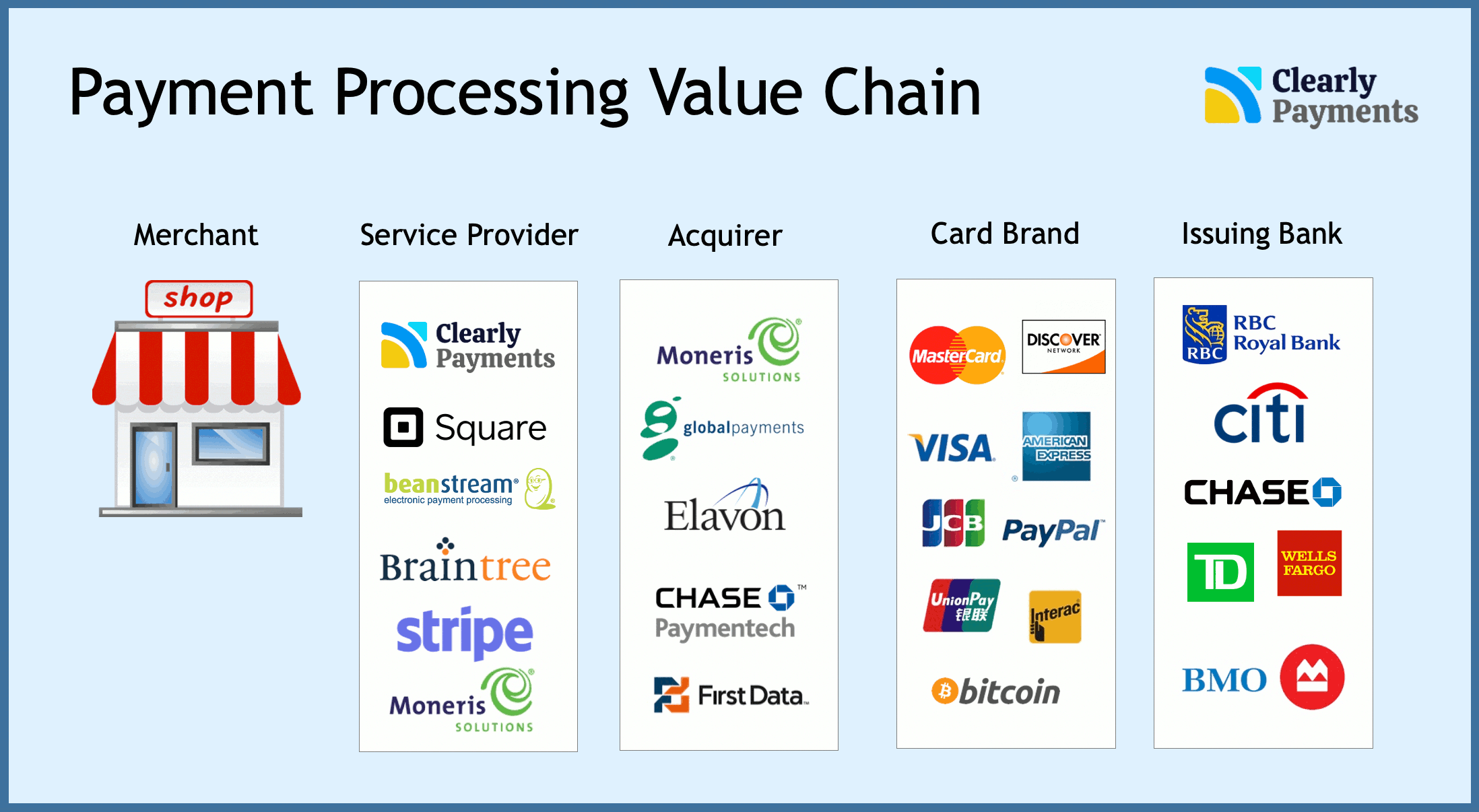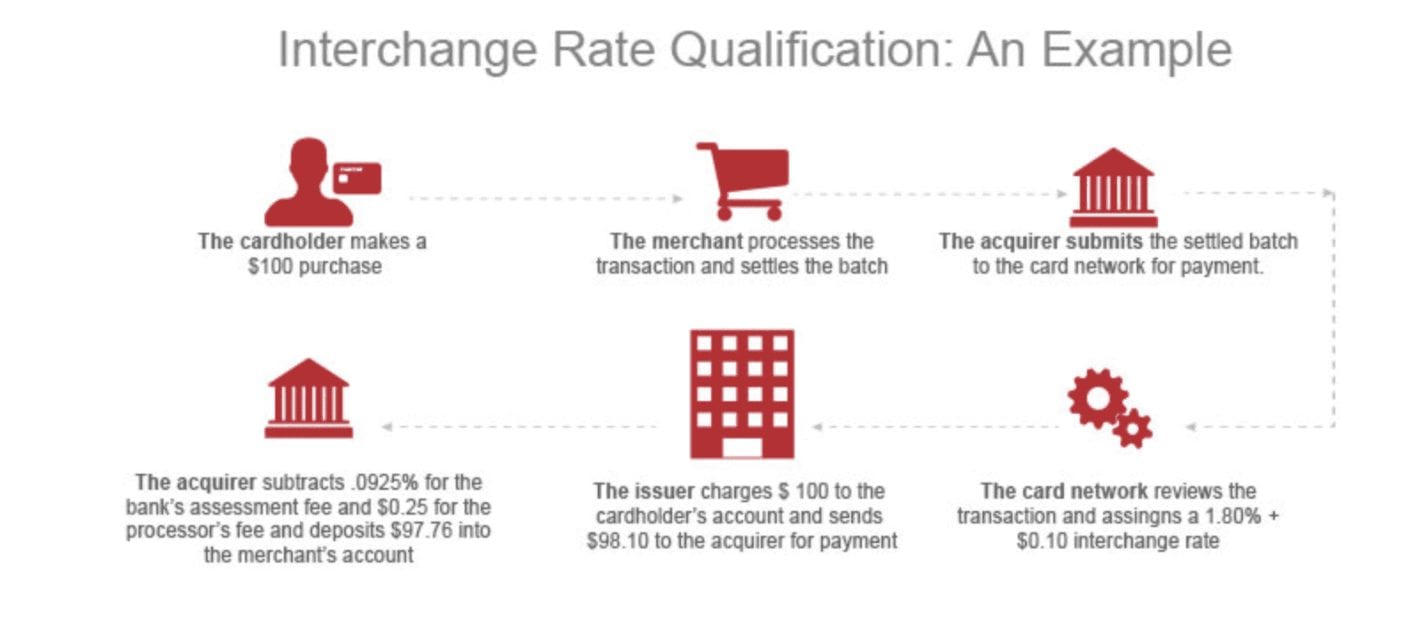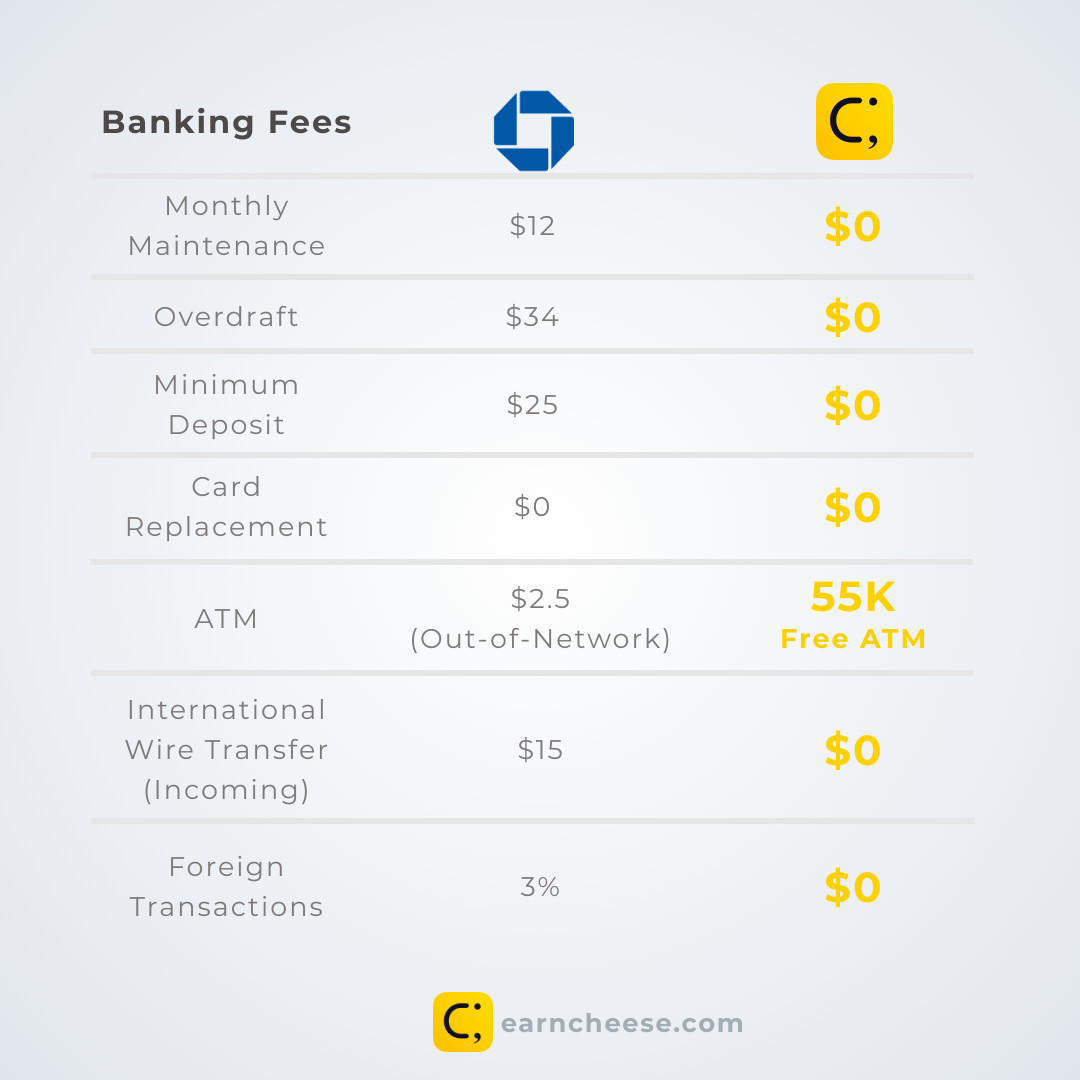Low Credit Card Processing Fees: A Guide To Saving Money On Your Payments
Posted: 02 Apr 2025 on General

Low Credit Card Processing Fees
Are you tired of paying exorbitant credit card processing fees that eat into your hard-earned profits? Well, you’re not alone. Many businesses struggle with the burden of high processing fees, which can stifle growth and profitability. But there is hope! Low credit card processing fees can be your saving grace, and they’re more attainable than you think.
In this comprehensive article, we’ll delve into the world of credit card processing fees, exploring ways to negotiate lower rates and uncovering the hidden fees that may be lurking in your current contract. We’ll also provide valuable tips and tricks to help you reduce your processing costs and maximize your profits.
Negotiating Lower Credit Card Processing Fees
Negotiating lower credit card processing fees is like playing a game of chess – you need to be strategic and prepared to make calculated moves. Here are some key tips to help you get the best possible deal:
- Do your research: Before you even approach a payment processor, take the time to research the average processing fees in your industry. This will give you a solid foundation for negotiations.
- Shop around: Don’t settle for the first processor you come across. Get quotes from multiple providers to compare rates and services. Don’t be afraid to ask for discounts or special promotions.
- Be prepared to walk away: If a payment processor is unwilling to negotiate or meet your expectations, don’t hesitate to walk away. There are plenty of other options available.
- Negotiate the contract: Once you’ve found a processor you’re happy with, carefully review the contract and negotiate any terms that don’t meet your needs. Pay particular attention to hidden fees or early termination penalties.
Types of Credit Card Processing Fees
Credit card processing fees come in various forms, each with its own distinct purpose. Understanding the different types of fees is crucial for identifying areas where you can save money:
- Interchange fees: These fees are set by the credit card networks (e.g., Visa, Mastercard) and are charged every time a card is swiped, dipped, or tapped.
- Assessment fees: These fees are levied by credit card issuers and are based on the total volume of transactions processed.
- Gateway fees: These fees are charged by payment gateways, which connect your business with the credit card networks.
- PCI compliance fees: These fees may be charged by payment processors to ensure that your business is compliant with the Payment Card Industry Data Security Standard (PCI DSS).
- Chargeback fees: These fees are incurred when a customer disputes a transaction and requests a refund.
Tips to Reduce Credit Card Processing Costs
In addition to negotiating lower rates, there are several other ways to reduce your credit card processing costs:
- Use a credit card processor that offers tiered pricing: This type of pricing structure rewards businesses that process high volumes of transactions by charging lower rates for higher-volume transactions.
- Accept all major credit cards: By accepting all major credit cards, you can reduce your reliance on any one network and potentially negotiate lower interchange fees.
- Encourage customers to use debit cards: Debit card transactions typically have lower processing fees than credit card transactions.
- Implement fraud protection measures: Reducing chargebacks can lower your overall processing costs.
- Review your processing statements regularly: Monitor your processing statements for any unauthorized fees or errors.
By implementing these strategies, you can significantly reduce your credit card processing fees and boost your profits. It’s like finding hidden treasure in your own business operations!
Low Credit Card Processing Fees: A Lifeline for Businesses
In today’s digital economy, accepting credit cards is a must for businesses of all sizes. However, the fees associated with processing these transactions can eat into your bottom line if you’re not careful. That’s where low credit card processing fees come into play, offering a lifeline to businesses looking to keep their operating costs in check.
Benefits of Low Credit Card Processing Fees
The benefits of low credit card processing fees are numerous and can have a significant impact on your business operations. Here are just a few of the ways you can reap the rewards:
-
Reduced operating costs: Merchant account fees can quickly add up, especially for businesses that process a high volume of transactions. Low processing fees can help you save money on these essential expenses, freeing up cash flow for other areas of your business.
-
Increased profit margins: By reducing your processing costs, you can increase your profit margins on every sale. This can make a big difference for businesses operating on thin margins.
-
Pass savings on to customers: Lower processing fees give you the flexibility to pass savings on to your customers in the form of lower prices or discounts. This can help you attract new customers and increase customer loyalty.
Low Credit Card Processing Fees: A Guide to Saving Money on Your Transactions
In today’s cashless society, credit cards have become an indispensable part of our daily lives. Whether we’re making online purchases, booking flights, or simply dining out, plastic is king. However, the convenience of using credit cards comes at a cost – processing fees. These fees can eat into your profits, especially if you’re a small business owner. But don’t despair! There are ways to minimize your credit card processing costs without sacrificing convenience. In this article, we’ll explore the factors that affect credit card processing fees and provide tips on how to get the lowest rates possible. So, grab a pen and paper, and let’s dive right in!
Factors Affecting Credit Card Processing Fees
There are a number of factors that can affect your credit card processing fees. These include:
- Merchant category
- Average transaction size
- Payment gateway used
- Interchange fees
Merchant Category
Your merchant category code (MCC) is a four-digit number that classifies your business according to the type of products or services you sell. Different MCCs have different processing rates, so it’s important to choose the one that best fits your business. For example, retail stores typically have lower processing rates than restaurants or hotels. If you’re not sure what your MCC is, you can contact your payment processor or look it up on the website of the International Organization for Standardization (ISO).
Average Transaction Size
The average size of your transactions can also affect your processing fees. Processors typically charge a percentage of each transaction, so the higher the average transaction size, the higher your fees will be. For example, if you’re selling high-priced items, you can expect to pay higher processing fees than a business that sells low-priced items.
Payment Gateway Used
A payment gateway is a service that allows you to accept credit card payments online. There are many different payment gateways available, each with its own set of fees. Some payment gateways charge a monthly fee, while others charge a per-transaction fee. It’s important to compare the fees of different payment gateways before choosing one. You should also consider the features and security measures offered by each gateway. After all, you want to make sure that your customers’ data is safe!
Interchange Fees
Interchange fees are the fees that credit card networks (like Visa and Mastercard) charge banks when a card is used to make a purchase. These fees are passed on to merchants in the form of processing fees. Interchange fees vary depending on the type of card used, the type of transaction, and the merchant’s location. For example, interchange fees for debit cards are typically lower than interchange fees for credit cards. Similarly, interchange fees for online transactions are typically higher than interchange fees for in-store transactions. To learn more about interchange fees, you can visit the websites of the major credit card networks. Well, now that we’ve covered the factors that affect credit card processing fees, let’s move on to some tips on how to get the lowest rates possible. Ready? Let’s do this!
Low Credit Card Processing Fees: A Guide to Negotiating the Best Deal
Slashing your business’s credit card processing fees can be as easy as pie – if you know how to play the game. With a little research and savvy negotiation, you can save thousands of dollars each year. Here’s a step-by-step guide to help you get started.
How to Negotiate Low Credit Card Processing Fees
1. Compare Rates from Multiple Providers
The first step is to do your homework and compare rates from multiple providers. There are dozens of companies out there, each with its own fee structure. So take the time to shop around and find the one that offers the best deal for your business.
2. Consider Bundled Services
Many providers offer bundled services that can save you money in the long run. These bundles typically include things like merchant accounts, payment gateways, and fraud protection. So if you’re considering signing up with a new provider, be sure to ask about their bundled services.
3. Opt for Interchange-Plus Pricing
Interchange-plus pricing is a transparent pricing model that allows you to see exactly what you’re paying for. With interchange-plus pricing, you’ll pay a flat fee per transaction plus a percentage of the transaction amount. This type of pricing is typically the most economical for businesses that process a lot of high-volume transactions.
4. Leverage Business Volume
If you process a high volume of transactions, you have more leverage to negotiate lower fees. So be sure to let providers know how much business you do when you’re shopping around. They’ll be more likely to give you a better deal if they know you’re a valuable customer.
Here are some additional tips for negotiating low credit card processing fees:
- Be prepared to walk away from the table. If a provider isn’t willing to give you a good deal, don’t be afraid to walk away. There are plenty of other fish in the sea.
- Get everything in writing. Once you’ve negotiated a deal, be sure to get everything in writing. This will protect you in case the provider tries to change the terms of your agreement later on.
- Review your fees regularly. Credit card processing fees can change over time, so it’s important to review your fees regularly and make sure you’re still getting the best deal possible.
By following these tips, you can negotiate low credit card processing fees and save your business thousands of dollars each year. So what are you waiting for? Get started today!
Low Credit Card Processing Fees: A Comprehensive Guide for Savvy Businesses
Navigating the labyrinth of credit card processing fees can be a daunting task for any business. With the influx of new payment options and financial regulations, it’s become increasingly important to arm yourself with strategies that can minimize these costs and protect your bottom line. In this article, we delve into the intricacies of credit card processing, offering a comprehensive guide to help you reduce fees and unlock substantial savings for your business.
Understanding Credit Card Processing Fees
Credit card processing involves several parties working together to facilitate transactions. The credit card holder, the merchant, the issuing bank, and the acquiring bank all play specific roles in this process, and each party charges a fee for their services. These fees can include:
- Merchant Account Fees: An initial setup fee and monthly maintenance charges.
- Transaction Fees: A percentage of each transaction processed, typically ranging from 2% to 3.5%.
- Interchange Fees: Fees charged by the issuing bank to the acquiring bank for each transaction.
- Assessment Fees: Fees collected by card brands, such as Visa and Mastercard.
Negotiating and Minimizing Fees
The first step towards reducing credit card processing fees is to understand their structure and identify potential areas for negotiation. Here are some tips to help you get started:
- Shop Around: Compare quotes from multiple credit card processors to find the best rates and terms. Consider factors such as volume, transaction types, and account features.
- Negotiate Rates: Don’t be afraid to negotiate with credit card processors. They may be willing to lower their fees for high-volume businesses or those with a low risk of chargebacks.
- Tiered Pricing: Opt for tiered pricing models that charge lower fees for lower-risk transactions. This can be a cost-effective option for businesses with a mix of transaction sizes.
Additional Strategies for Reducing Fees
Beyond negotiating rates, there are additional strategies you can implement to further reduce credit card processing fees.
Fraud Protection Measures
Implementing robust fraud protection measures can help you avoid costly chargebacks. Use fraud scoring systems, address verification systems (AVS), and card verification values (CVV) to identify and prevent fraudulent transactions.
Minimizing Chargebacks
Chargebacks occur when customers dispute transactions and request refunds. Minimizing chargebacks is crucial for reducing fees. Provide clear product descriptions, offer excellent customer service, and establish a dispute resolution process to resolve customer concerns promptly.
Optimizing Payment Processing Systems
Review your payment processing systems regularly to identify areas for improvement. Use a gateway that supports multiple processors, implement automatic batching, and utilize tokenization to reduce the risk of fraud and increase transaction speeds.
Leveraging Technology
Tech-savvy businesses can take advantage of innovative solutions that can further lower processing fees. Virtual terminals, mobile payment apps, and online portals offer cost-effective alternatives to traditional processing methods.
Negotiating with Suppliers
If your business relies on suppliers or vendors, consider negotiating payment terms that include lower credit card processing fees. By understanding their business models and offering incentives, you may be able to pass on these savings to your customers.
By implementing these strategies, you can significantly reduce credit card processing fees and improve your financial performance. Remember, every penny saved is a penny earned, and reducing these costs can have a substantial impact on your bottom line. So, don’t settle for high fees – arm yourself with knowledge, negotiate wisely, and reap the benefits of savvy credit card processing.
Low Credit Card Processing Fees: A Lifeline for Businesses
In today’s digital age, credit cards have become an indispensable tool for businesses of all sizes. However, the fees associated with processing these payments can put a significant dent in a company’s bottom line. That’s why low credit card processing fees are becoming increasingly crucial for businesses looking to optimize their cash flow and stay competitive.
Impact of Low Credit Card Processing Fees on Business
Reduced processing costs can translate into a range of benefits for businesses. Here are some key ways low credit card processing fees can positively impact your operations:
- Improved Cash Flow: When you pay less in processing fees, you keep more of the money you make from your sales. This can significantly improve your cash flow, giving your business greater flexibility and financial security.
- Enhanced Financial Stability: Stable cash flow is the lifeblood of any business. By reducing your processing expenses, you can strengthen your financial foundation and weather unexpected financial challenges more effectively.
- Fueled Growth Initiatives: The savings you make on processing fees can be reinvested in other areas of your business, such as marketing, product development, or hiring additional staff. This can help you drive growth and expand your operations.
It’s not just small businesses that benefit from low credit card processing fees. Large corporations, too, can reap significant rewards from reducing their payment-related expenses. For example, a study by the National Retail Federation found that large retailers can save millions of dollars annually by negotiating favorable processing rates.
Factors Affecting Credit Card Processing Fees
The fees you pay for credit card processing depend on a number of factors, including:
- Your business’s volume of transactions
- The type of credit cards you accept
- Your industry
- Your payment processor
- The type of account you have
It’s important to remember that processing fees are not set in stone. You can negotiate with your payment processor or switch to a provider that offers lower rates.
How to Reduce Your Credit Card Processing Fees
There are several steps you can take to reduce your credit card processing fees:
- Negotiate with Your Processor: Don’t be afraid to negotiate with your payment processor for lower fees. If you’re a large volume merchant, you may be able to get a better deal.
- Shop Around: Compare rates from different payment processors before you make a decision. There are many processors out there, so you’re sure to find one that offers competitive rates.
- Use a Merchant Account Provider: A merchant account provider can help you get the best rates on credit card processing. They will work with multiple processors on your behalf to find the best deal.
- Use a Payment Gateway: A payment gateway can help you process credit cards online. Gateways often have lower fees than traditional merchant accounts.
- Set Up Recurring Payments: Recurring payments can help you save money on processing fees. When you set up a recurring payment, your customers are automatically charged on a regular basis.
- Offer Discounts for Cash: Offering a discount for cash payments can encourage customers to pay without using a credit card. This can help you reduce your processing fees.
By following these tips, you can significantly reduce your credit card processing fees and improve your business’s bottom line.





